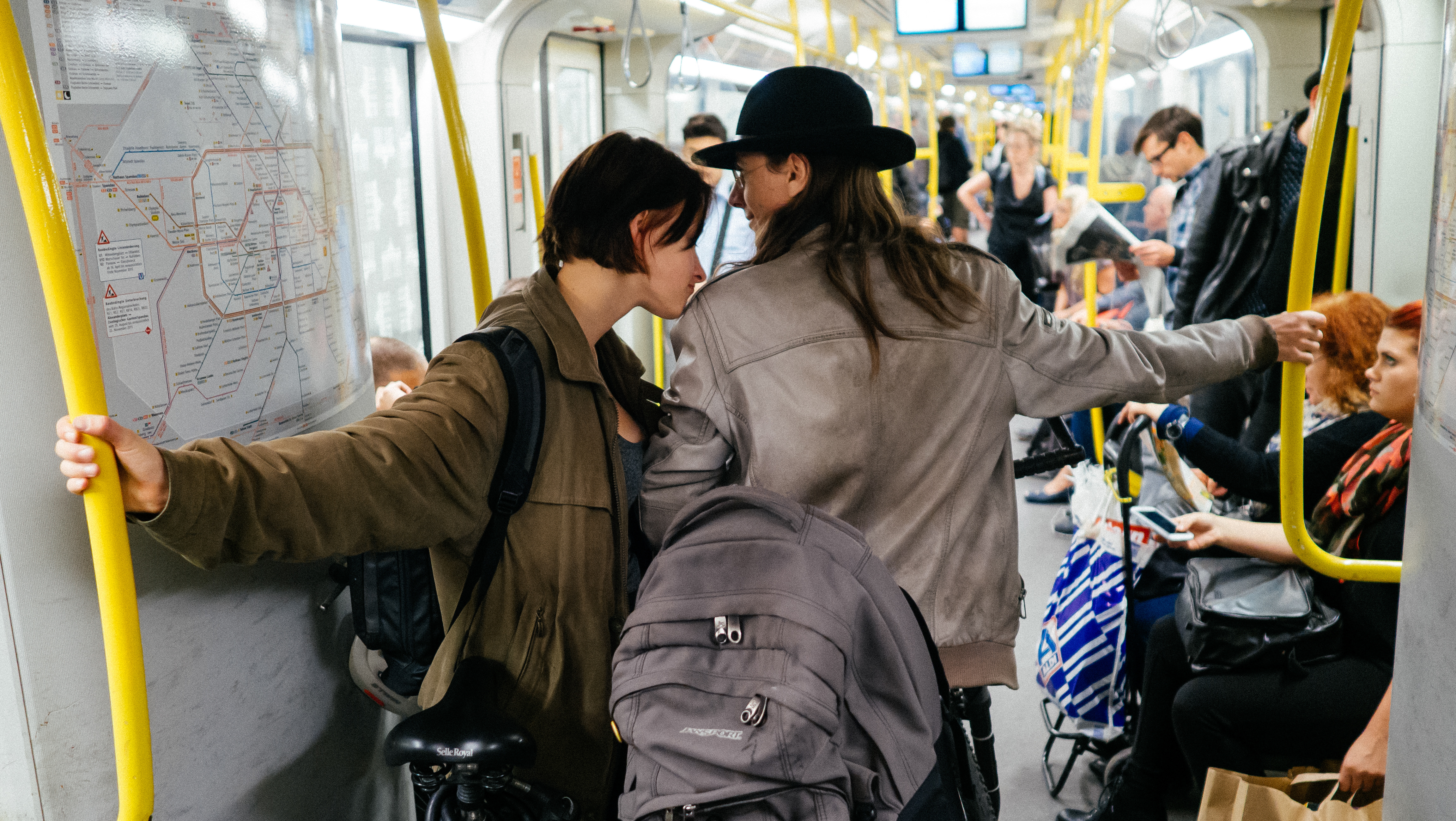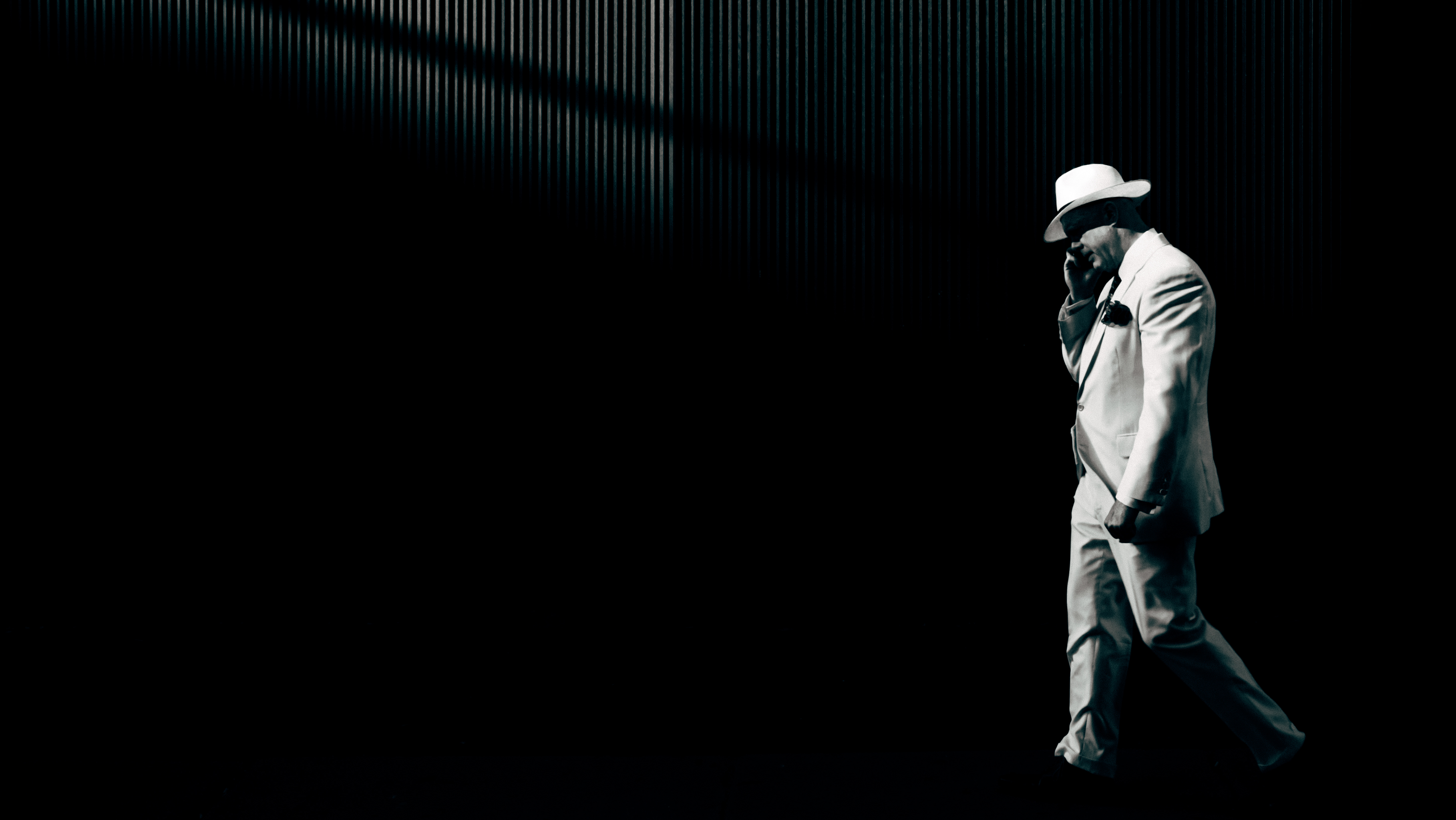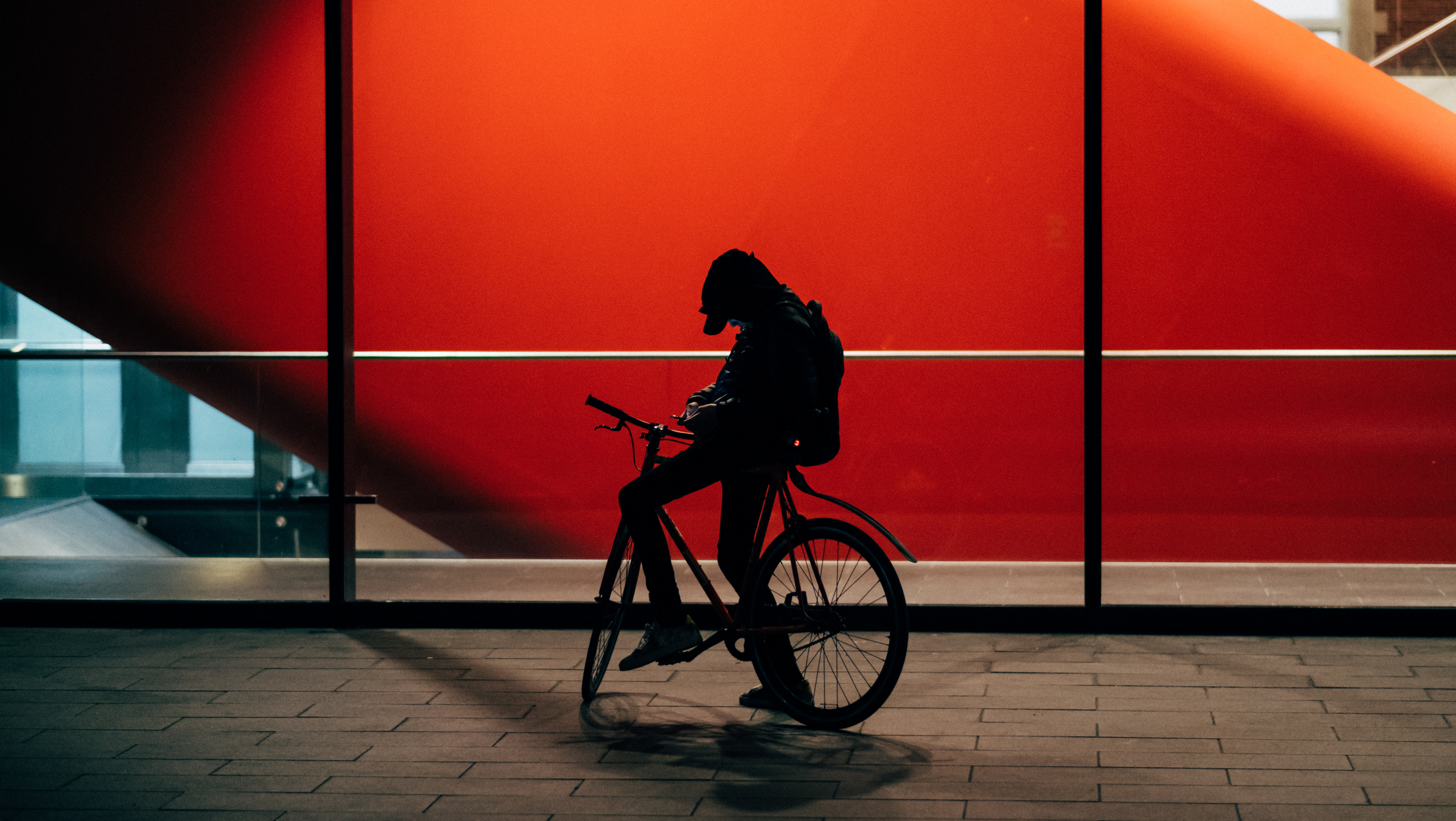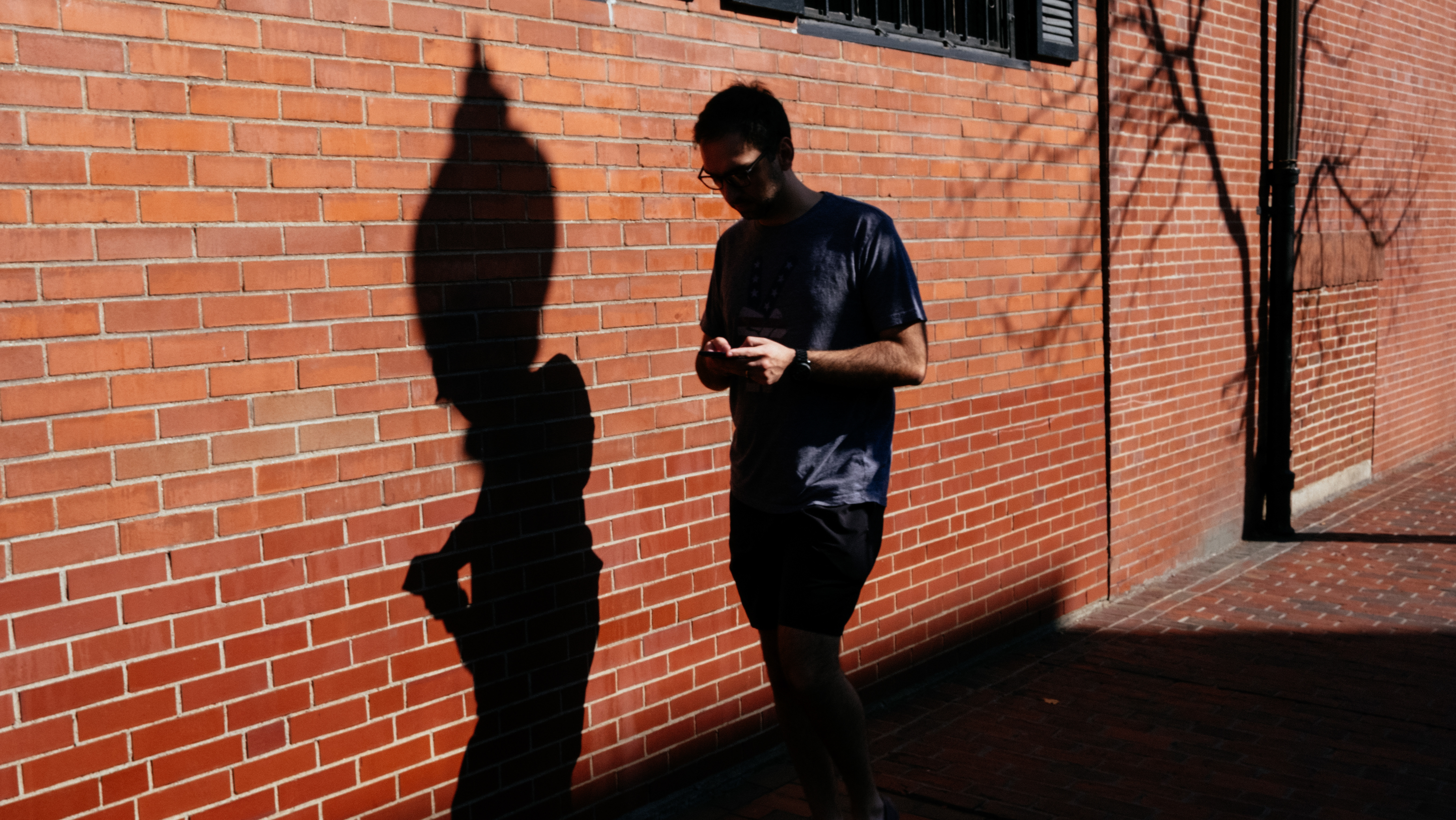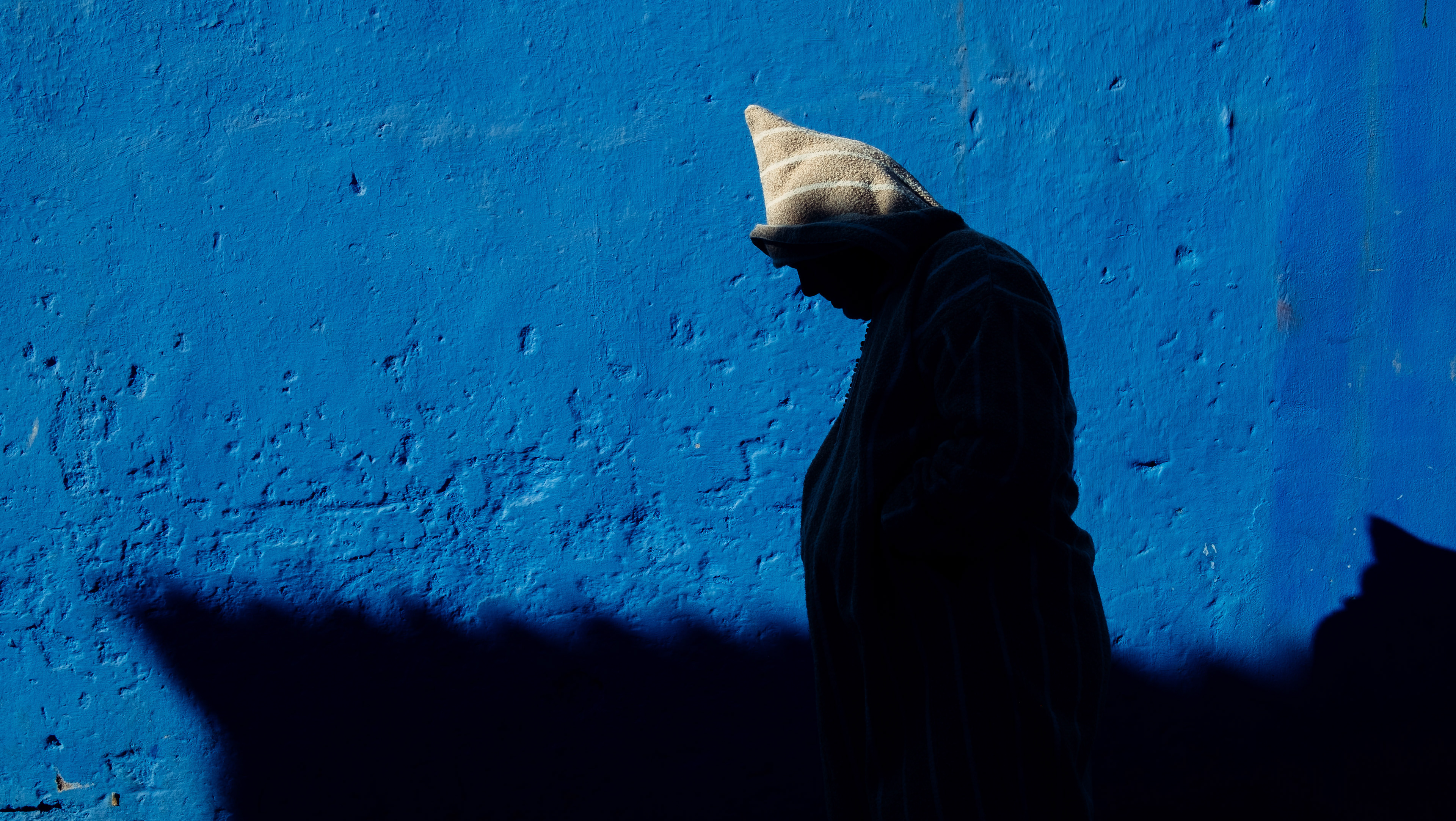The streets of Tokyo, New York, Mumbai, and Paris each tell a unique story. As street photographers, we're not just capturing images; we're documenting the cultural heartbeat of cities around the world. Let's explore how different cultures shape urban imagery and how photographers interpret these diverse streetscapes.
The East Asian Aesthetic: Order and Technology
In cities like Tokyo, Seoul, and Shanghai, street photography often reflects:
1) Technological Saturation: Images of people immersed in smartphones and digital billboards.
2) Orderly Chaos: Despite dense populations, there's a sense of structure and organization.
3) Contrast of Tradition and Modernity: Ancient temples juxtaposed with futuristic architecture.
4) Uniform Culture: Scenes of collective behavior, like masked commuters during flu season.
Photographers like Daido Moriyama have captured Tokyo's streets with high-contrast, grainy black-and-white images that emphasize the city's frenetic energy and shadow-filled alleyways.
The American Dream on Display
U.S. cities offer a different visual narrative:
1) Diversity: Melting pot imagery showcasing various ethnicities and cultures.
2) Consumerism: Prominent advertising and people engaged in shopping.
3) Car Culture: Streets dominated by automobiles, drive-throughs, and parking lots.
4) Individualism: Emphasis on personal space and individual expression.
Joel Meyerowitz's work in New York City, with its vibrant colors and decisive moments, captures the energy and diversity of American urban life.
European Café Culture and Historical Layers
Cities like Paris, Milan, and Prague present:
1) Public Spaces: Squares and cafés as centers of social life.
2) Historical Juxtaposition: Modern life unfolding against backdrops of centuries-old architecture.
3) Artistic Expression: Street performers and public art as common subjects.
4) Slower Pace: Images often convey a more relaxed rhythm of life.
Henri Cartier-Bresson's work in Paris epitomizes this European sensibility, with carefully composed shots that often include architectural elements and capture the essence of café culture.
The Vibrant Chaos of South Asia
In cities like Mumbai, Delhi, and Dhaka, street photography often highlights:
1) Sensory Overload: Crowded scenes bursting with color, movement, and life.
2) Economic Contrasts: Luxury cars beside street vendors, showcasing wealth disparities.
3) Religious Diversity: Street rituals and religious symbols from various faiths.
4) Improvised Spaces: Creative use of limited urban space for work and life.
Raghubir Singh's pioneering color work in India captures this vibrancy, using rich colors to convey the energy and complexity of South Asian street life.
Middle Eastern Markets and Modernization
Cities like Istanbul, Dubai, and Cairo offer:
1) Ancient Meets Futuristic: Ultra-modern skyscrapers alongside centuries-old bazaars.
2) Market Life: Bustling souks as a center of social and economic activity.
3) Religious Influence: Islamic architecture and dress codes shaping street scenes.
4) Rapid Development: Images of construction and changing cityscapes.
Photographers like Alex Webb have captured the layered complexity of Middle Eastern streets, using light and color to convey the region's unique blend of tradition and modernity.
African Urban Dynamism
In cities like Lagos, Nairobi, and Johannesburg, street photography often reveals:
1) Youthful Energy: Images of a predominantly young population.
2) Informal Economies: Street vendors and makeshift markets as key elements.
3) Colonial Legacies: Architectural remnants of colonial eras amid African modernism.
4) Cultural Pride: Vibrant traditional clothing and customs in urban settings.
South African photographer Santu Mofokeng's black-and-white images powerfully document the complexities of urban life in post-apartheid South Africa.
Latin American Street Life
Cities like Mexico City, São Paulo, and Havana showcase:
1) Public Life: Streets as extensions of home, with domestic activities spilling outdoors.
2) Vivid Color: Bright, bold colors in architecture, clothing, and street art.
3) Political Expression: Murals and graffiti often convey social messages.
4) Preservation and Progress: Vintage cars and colonial buildings alongside modern development.
The work of Graciela Iturbide in Mexico exemplifies this, capturing the blend of indigenous traditions with modern urban life.
Universal Themes in Global Street Photography
Despite these cultural differences, certain themes resonate across global street photography:
1) Human Connection: Moments of interaction and emotion are universal.
2) Daily Rituals: Work, play, and everyday routines transcend cultural boundaries.
3) Urban Challenges: Issues like poverty, overcrowding, and pollution are global concerns.
4) Technology's Impact: The ubiquity of smartphones and digital advertising is increasingly common worldwide.
The Photographer's Role in Cultural Interpretation
As street photographers capturing these diverse urban environments, we must consider:
1) Cultural Sensitivity: Understanding and respecting local customs and taboos.
2) Avoiding Stereotypes: Striving to capture authentic moments rather than reinforcing clichés.
3) Contextual Awareness: Providing context to images to avoid misinterpretation.
4) Ethical Considerations: Navigating issues of privacy and consent across different cultural norms.
The Impact of Globalization on Urban Imagery
In our increasingly connected world, we're seeing a homogenization of certain urban elements:
Global Brands: The same logos and storefronts appear across diverse cities.
Architectural Trends: Similar modern buildings rising in cities around the world.
Fashion Influences: Global trends leading to similar styles across cultures.
Technological Uniformity: Scenes of people engaged with smartphones looking increasingly similar worldwide.
Yet, local cultures continue to assert themselves, often in subtle ways that the keen-eyed street photographer can capture.
Conclusion: The Street as a Cultural Mirror
Street photography serves as a powerful tool for cultural understanding and documentation. Each image is a window into the values, challenges, and daily life of a society. As street photographers, we have the privilege and responsibility of capturing these cultural nuances, helping to preserve and share the diverse ways people inhabit and interact with urban spaces around the world.
In an era of rapid globalization, street photography becomes even more crucial. It helps us celebrate cultural differences while recognizing our shared humanity. Whether it's the orderly queues of Tokyo, the vibrant markets of Marrakech, or the bustling intersections of New York, each street scene tells a story of its people and their way of life.
As we continue to explore and document the streets of the world, let's approach each new city with open eyes and minds, ready to learn, understand, and share the unique cultural tapestry woven into every urban landscape.
